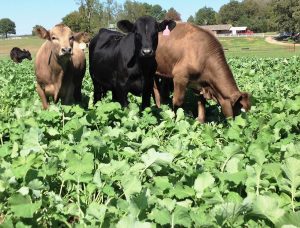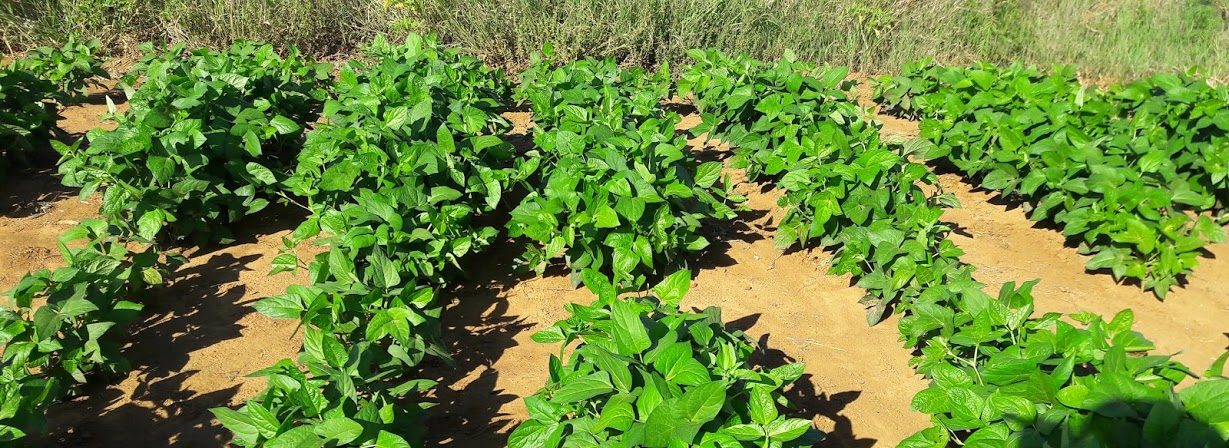

The rate of adoption for feed options depends on the potential of the feed options to solve or deal with the core feed constraints which farmers are faced with. For instance, in areas where feed quantity constrains livestock productivity, adoption of feed options such as legumes is likely to be low as legumes deal well with feed quality constraints but do not provide enough herbage to secure high feed quantity. Additionally, in areas where seasonal scarcity limits livestock productivity, adoption of legumes is most likely to fail as legumes provide feed during the growing season, thereby leaving a feed gap after the growing season.
MSc in Climate Change, Agriculture and Food Security
